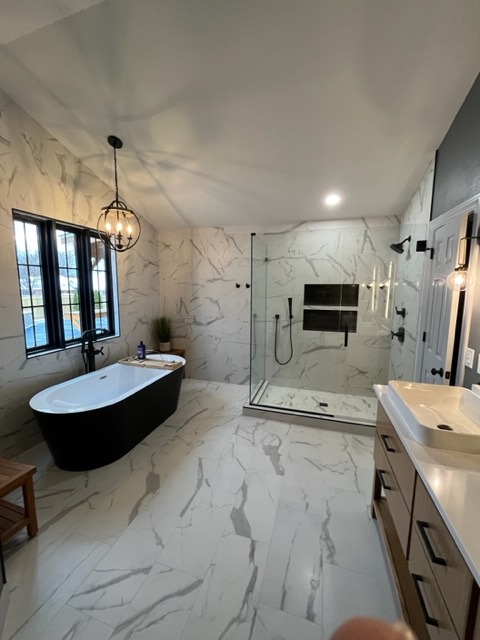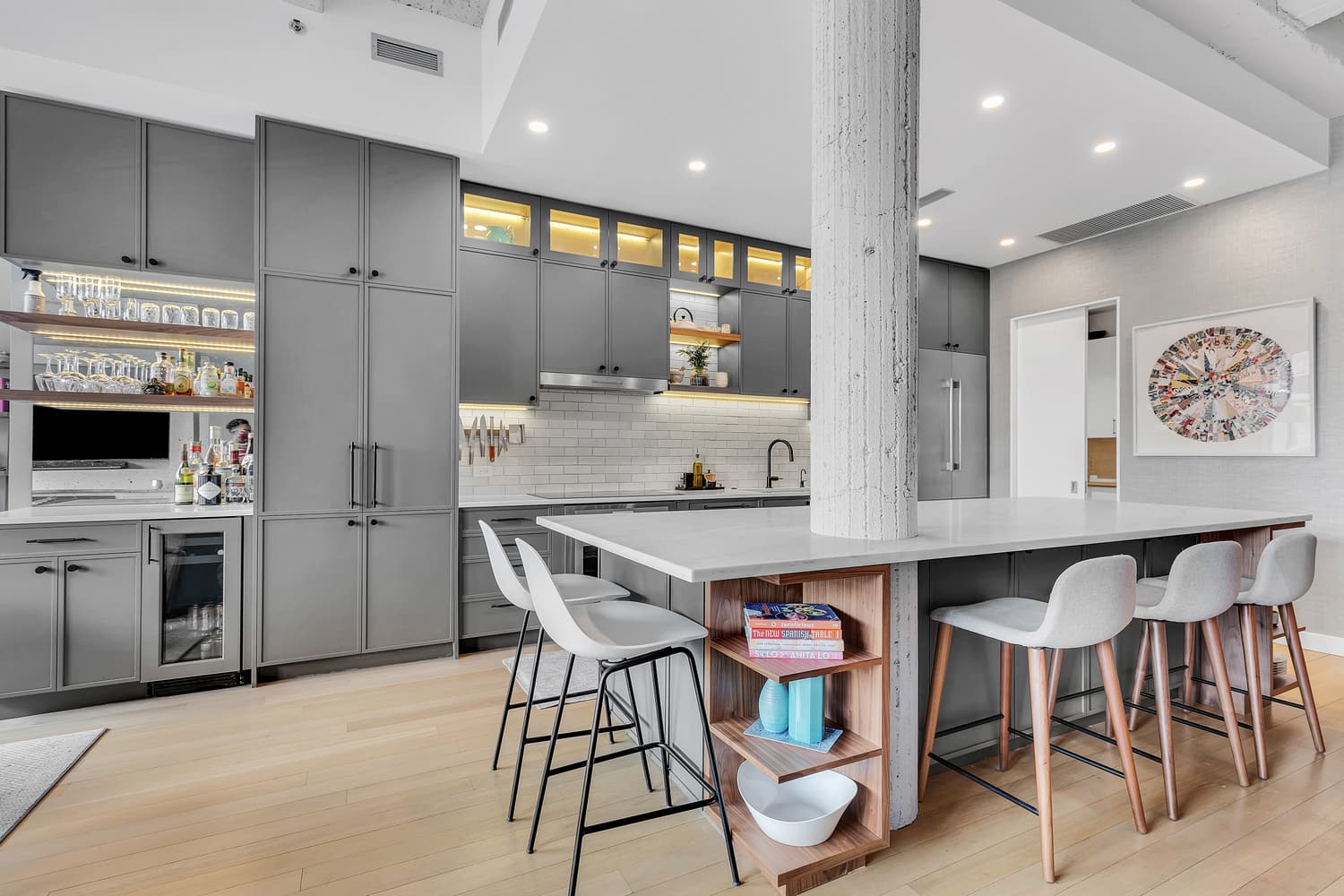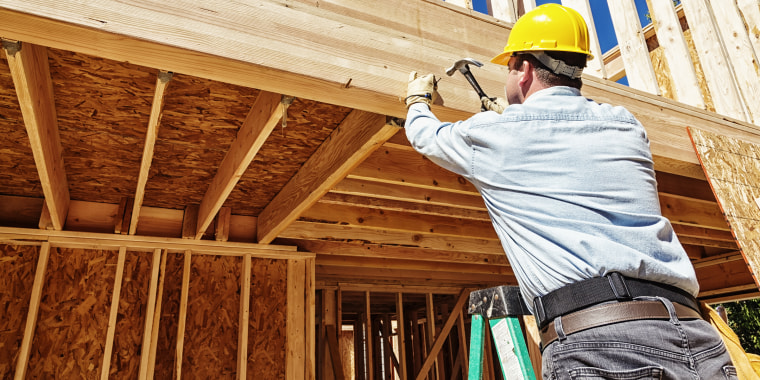Expert Remodeling Contractor for Top Quality Home Renovations
Expert Remodeling Contractor for Top Quality Home Renovations
Blog Article
Reveal the Leading Trends and Advancements Forming the Future of General Renovation Practices
In the realm of basic restoration techniques, a transformative shift is underway, pushed by a wave of innovation and arising trends that promise to redefine the way we come close to restoring and reconditioning spaces. As the industry navigates toward a future marked by sustainability, innovation combination, and effectiveness, it ends up being significantly crucial to stay abreast of the developments shaping this developing landscape. From the extensive adoption of wise home technologies to the usage of virtual reality tools in design processes, the possibilities appear limitless. But what do these advancements mean for the future of remodelling practices, and how will they impact the way we picture, intend, and implement improvement tasks?

Sustainable Products Assimilation

One key advantage of integrating sustainable products into improvements is the reduction of waste and ecological impact. By repurposing products or choosing alternatives made from renewable energies, the construction sector can considerably lower its carbon footprint. In addition, sustainable materials often boast greater quality and longevity, leading to longer-lasting restorations that require less upkeep with time.
Furthermore, the assimilation of lasting materials can improve the total visual appeals of a remodelling task. Developers and architects are discovering ingenious means to incorporate environmentally friendly products right into modern-day and stylish styles, confirming that sustainability and aesthetic charm can work together (deck contractor). As the demand for sustainable methods remains to climb, the assimilation of these materials is expected to end up being the criterion in basic renovation practices
Smart Home Technologies Adoption
Progressively integrated right into contemporary families, the adoption of smart home modern technologies is improving the method we communicate with our space. From voice-activated aides like Amazon's Alexa or Google Home to wise thermostats, illumination, safety systems, and devices, the wise home trend is changing the idea of home benefit and efficiency.

Additionally, the combination of synthetic intelligence and machine understanding formulas into smart home tools allows them to discover user preferences and adjust settings accordingly, more boosting user convenience and benefit. As smart home technologies remain to development and become extra obtainable, their adoption is expected to end up being even extra widespread, forming the Continue future of property living.
Virtual Fact Style Devices
Online Reality Layout Tools supply a transformative method to visualizing and intending remodelling jobs (deck contractor). By immersing individuals in a digital setting, these tools enable them to experience a practical representation of the last design prior to any physical adjustments are made. This technology permits property owners, developers, and contractors to team up more successfully, ensuring that everybody entailed has a clear understanding of the job scope and vision
Among the key benefits of Digital Reality Style Devices is their capacity to improve the decision-making procedure. Customers can experiment with various products, layouts, and arrangements in real-time, enabling them to make enlightened selections that straighten with their preferences and budget plan restraints. Additionally, these tools can assist recognize potential issues or disputes in the style beforehand, ultimately saving time and resources during the restoration procedure.
Energy-Efficient Solutions Execution
Amid the growing emphasis on sustainable methods in the building market, there is a remarkable change in the direction of applying energy-efficient solutions in renovation projects. Energy-efficient services are becoming a cornerstone in modern remodelling methods as they provide various benefits to both home owners and the setting. These remedies incorporate a series of modern technologies and layout concepts focused on decreasing energy consumption, decreasing energy expenses, and minimizing the ecological footprint of structures.
One common pattern in energy-efficient remodelling is the integration of smart home modern technology. This consists of the use of programmable thermostats, energy-efficient lighting systems, and clever devices that can be regulated remotely. Furthermore, the adoption of high-efficiency home heating, ventilation, and air conditioning (HVAC) systems plays a crucial duty in improving the overall power performance of restored rooms.
Furthermore, the unification of sustainable materials such as energy-efficient home windows, insulation, and roof can significantly boost a building's thermal efficiency, additional lowering power demands. By focusing on energy performance in restoration projects, stakeholders can not just achieve expense savings over time but additionally add to a greener and more sustainable constructed atmosphere.
Green Building Qualification Trends
The demand for environment-friendly building accreditation is steadily increasing in the building and construction industry as stakeholders seek to confirm their commitment to sustainable building techniques. Green building accreditations, such as LEED (Management in Energy and Environmental Style) and BREEAM (Structure Research Facility Environmental Evaluation Approach), are becoming increasingly prominent as they show a structure's environmental performance and sustainability. These accreditations take into consideration various aspects, including power effectiveness, water use, products option, interior environmental high quality, and the total influence on the environment.
One of the current trends in green structure qualification is the assimilation of clever technologies to enhance a building's sustainability. This includes using IoT (Web of Things) gadgets for keeping track of power intake, optimizing indoor environmental problems, and improving overall functional performance. In addition, there is an expanding focus on wellness and health elements within eco-friendly building requirements, focusing on elements other like air quality, natural light, and biophilic layout components.

Verdict
To conclude, the future of basic renovation practices is being shaped by the combination of sustainable materials, adoption of wise home innovations, use of digital fact layout devices, implementation of energy-efficient solutions, and trends in green building certification. These developments are driving the industry towards more environmentally friendly and technologically advanced solutions, ultimately boosting the top quality and performance of friedman's home improvement improvement tasks.
Report this page